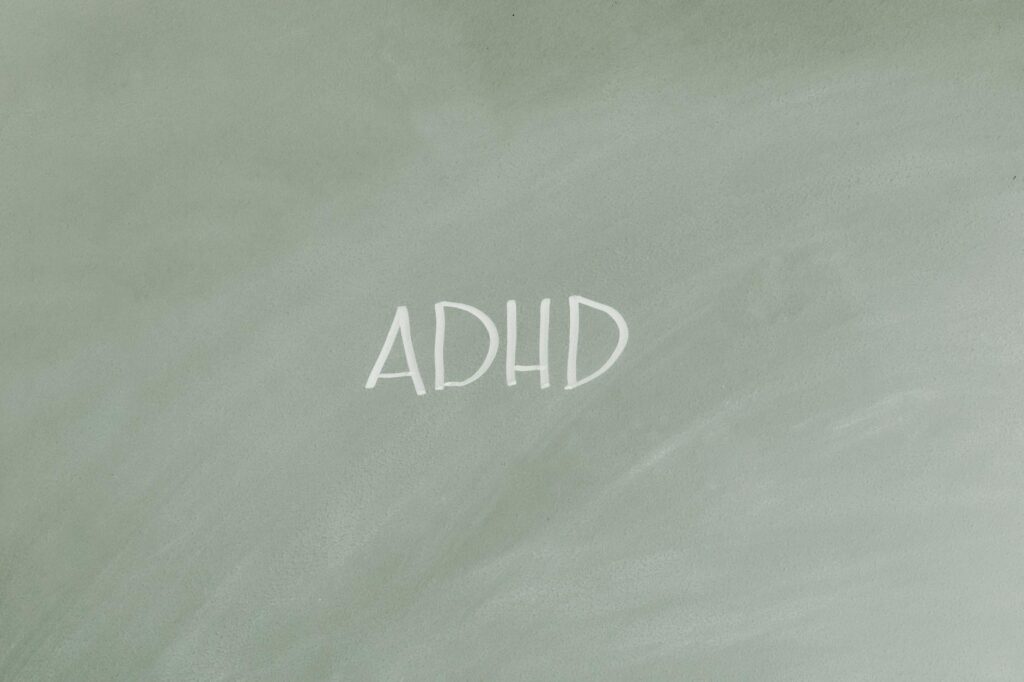What is cognitive behavioral techniques?

What is cognitive behavioral techniques?
Cognitive behavioral techniques have become a cornerstone in personal development, offering powerful strategies to enhance productivity and balance in our everyday lives. These techniques, rooted in psychology, focus on how our thoughts, feelings, and behaviors are interconnected. By understanding and applying cognitive behavioral techniques, we can foster better mental health, improve our work-life balance, and boost our overall productivity.
Understanding Cognitive Behavioral Techniques
Definition and Overview
Cognitive behavioral techniques (CBT) are methods used to identify and change negative thought patterns and behaviors. The primary goal is to alter how we think and, consequently, how we act. CBT empowers individuals to challenge irrational beliefs and replace them with more balanced and constructive ones. This approach not only helps in managing anxiety and depression but also paves the way toward achieving personal goals.
Historical Background
The roots of cognitive behavioral techniques can be traced back to the 1960s, thanks to the pioneering work of psychologists like Aaron T. Beck. Beck developed cognitive therapy to address depression by helping patients identify and modify distorted thinking. Since then, these techniques have evolved and expanded, gaining recognition for their effectiveness in treating various psychological issues. CBT is now widely utilized in clinical settings and personal development contexts alike.
Core Principles of Cognitive Behavioral Techniques
Understanding the core principles of cognitive behavioral techniques is essential for effective implementation.
Cognitive Restructuring
Cognitive restructuring is a fundamental part of CBT that focuses on identifying and altering negative thought patterns. By challenging these thoughts, individuals can shift their perspectives and reduce feelings of anxiety or depression. For instance, if you often think, “I always fail,” cognitive restructuring encourages you to reframe this to, “Sometimes I succeed, and sometimes I learn from my failures.” This shift is crucial in promoting a more positive mindset.
Behavioral Activation
Another key principle is behavioral activation, which encourages individuals to engage in activities that enhance their mood. When someone feels down, they may withdraw from activities they once enjoyed. By actively participating in these activities, individuals can boost their mood and motivation. This principle emphasizes the importance of taking action to improve one’s emotional state, reinforcing the connection between behavior and feelings.
Mindfulness and Self-Monitoring
Mindfulness practices and self-monitoring play vital roles in cognitive behavioral techniques. Mindfulness involves focusing on the present moment and accepting it without judgment. This awareness can help individuals recognize their thoughts and feelings without being overwhelmed. Self-monitoring, on the other hand, involves tracking thoughts, feelings, and behaviors to identify patterns and triggers. Together, these practices enhance the effectiveness of CBT by promoting self-awareness and emotional regulation.
Applications of Cognitive Behavioral Techniques
Cognitive behavioral techniques can be applied in various contexts, significantly enhancing personal and professional growth.
In Personal Development
In the realm of personal development, cognitive behavioral techniques can aid in setting and achieving goals, managing stress, and improving work-life balance. For example, by using cognitive restructuring, you can challenge self-doubt when pursuing new opportunities. This method can lead to increased self-esteem and confidence, which are essential for personal growth.
In Academic Settings
In academic environments, these techniques can improve study habits and academic performance. Students can benefit from cognitive restructuring by addressing negative thoughts about their abilities. Simple shifts in thinking, such as believing in the possibility of improvement, can lead to better focus and motivation. Additionally, mindfulness techniques can help students manage anxiety during exams, fostering a more productive learning environment.
In the Workplace
Cognitive behavioral techniques are also highly effective in enhancing productivity and time management in professional settings. By identifying and challenging negative thoughts about workload or performance, employees can cultivate a more positive work atmosphere. Behavioral activation can encourage taking breaks and engaging in energizing activities, ultimately leading to improved focus and efficiency.
Techniques and Strategies for Implementation
Implementing cognitive behavioral techniques in daily life can lead to significant personal transformation. Here are some practical strategies to get you started.
Journaling and Thought Records
Journaling is a powerful tool for tracking thoughts and behaviors. By writing down your feelings and the circumstances surrounding them, you can identify patterns and triggers. This technique allows you to reflect on your experiences and facilitates cognitive restructuring. Thought records—structured journals focusing on specific negative thoughts—can help clarify and challenge these thoughts more effectively.
Setting SMART Goals
Setting SMART goals is another effective strategy. SMART stands for Specific, Measurable, Achievable, Relevant, and Time-bound. This framework ensures that your goals are clear and attainable. For instance, instead of saying, “I want to get fit,” a SMART goal would be, “I will exercise for 30 minutes, three times a week for the next month.” This specificity helps in maintaining motivation and tracking progress.
Role-Playing and Exposure Techniques
Role-playing scenarios and exposure techniques can be utilized to confront fears and understand various situations better. For example, if public speaking is a challenge for you, practicing in safe environments can reduce anxiety and build confidence. Exposure techniques gradually introduce you to fears, allowing you to face them systematically, which is essential for overcoming avoidance behavior.

Photo by Tara Winstead
Conclusion and Next Steps
Cognitive behavioral techniques offer a wealth of strategies for personal growth, improved productivity, and better work-life balance. By challenging negative thoughts, engaging in positive behaviors, and incorporating mindfulness, you can transform your mindset and actions. I encourage you to start implementing these techniques in your life today. Whether through journaling, setting SMART goals, or practicing mindfulness, every small step can lead to significant changes. Embrace the journey of self-discovery and empowerment through cognitive behavioral techniques!
For additional insights into cognitive behavioral therapy, consider exploring resources like CBT Techniques: Tools for Cognitive Behavioral Therapy or What is Cognitive Behavioral Therapy?.